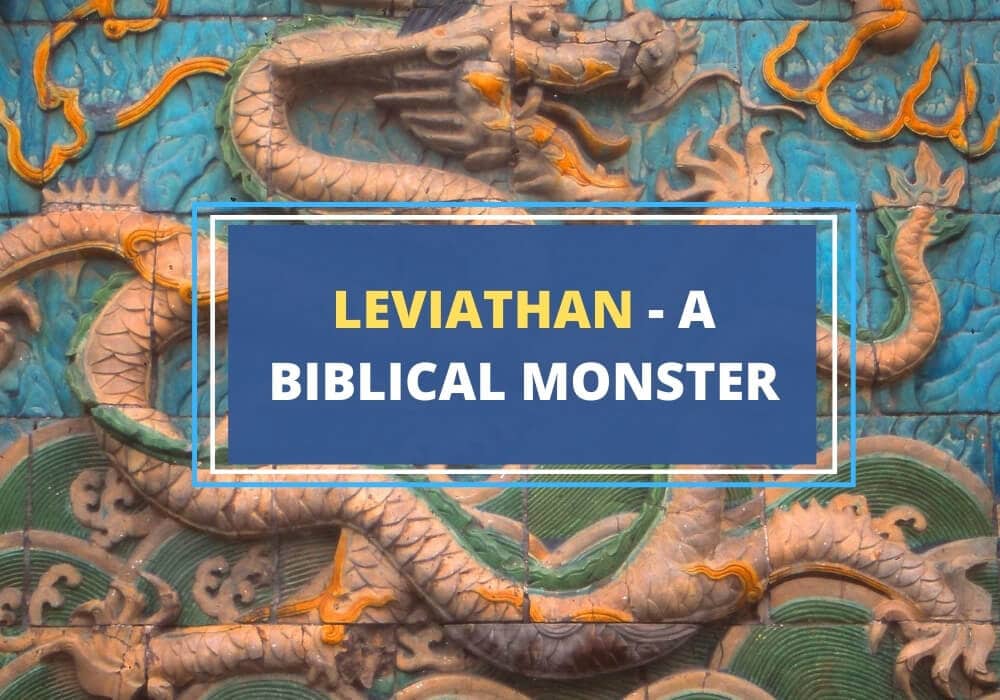
Table of Contents
Originally depicted as a giant sea monster with biblical origins, the term Leviathan today has grown to have metaphorical implications that extend on the original symbolism. Let’s take a closer look at the origins of the Leviathan, what it symbolizes, and how it’s depicted.
Where Does the Leviathan Come From?
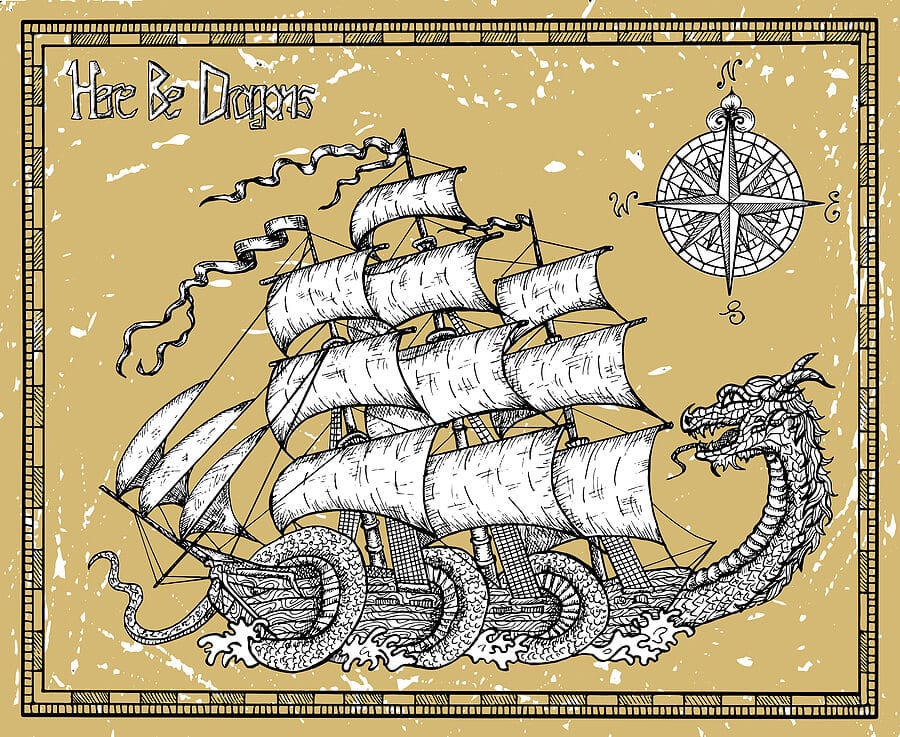
The Leviathan refers to a gigantic sea serpent, mentioned in Jewish and Christian religious texts. This mythical monster is mentioned several times in the Bible and some lesser known Hebrew texts. You’ll find it mentioned in the books of Psalms, Book of Isaiah, Book of Job, Book of Amos, and the First Book of Enoch (an ancient Hebrew apocalyptic religious text).
What Does Leviathan Look Like?
These texts don’t agree on the description of the Leviathan. Sometimes, the Leviathan is described as a gigantic whale or crocodile. At other times, it’s described as a version of the devil itself.
Psalms 104:25-26 – “There is the sea, vast and spacious, teeming with creatures beyond number—living things both large and small. There the ships go to and fro, and Leviathan, which you formed to frolic there.”
This verse describes Leviathan as a creature of the sea created by God to “play” in the waters.
Psalms 74:14 –“It was you who crushed the heads of Leviathan and gave it as food to the creatures of the desert.”
The Leviathan is described as a many-headed sea serpent, which is killed by God and given to the starving Hebrews in the wilderness. The story symbolizes the power of God and his ability to nourish his people.
Isaiah 27:1 – “In that day, the Lord will punish with his sword—his fierce, great and powerful sword—Leviathan the gliding serpent, Leviathan the coiling serpent; he will slay the monster of the sea.”
The Leviathan is depicted as a serpent, symbolic of Israel’s enemies. It’s a representation of evil and needs to be destroyed by God.
Job 41 (the entire chapter): “Can you pull in Leviathan with a fishhook or tie down its tongue with a rope?”
The chapter goes on to describe the Leviathan’s scales, teeth, and breath, which is so powerful it leaves a trail of light in its wake. It’s a giant sea monster, one that terrifies and amazes all who look at it. In this depiction, the creature likely symbolizes God’s powers and abilities.
While there’s no consensus, the general idea is that the Leviathan is a giant sea monster, sometimes identified as a creation of God and at other times a beast of Satan.
Creatures Similar to Leviathan in Other Mythologies
There are many stories from other mythologies that have creatures similar to the Leviathan. Often, there’s a terrible battle between the ‘good’ god and the creature, representative of the victory of good over evil.
1. Tiamat – Mesopotamian Mythology
One similar myth is that of Marduk destroying Tiamat in Mesopotamian mythology, which can be found in the Babylonian creation epic, the “Enuma Elish,“. Tiamat is a primordial goddess of the salt sea and chaos, embodying the chaotic waters that existed before creation. She rises up against the younger gods, but is eventually slain by Marduk, the god of storm.
2. Typhon – Greek Mythology
In Greek mythology, Typhon is a terrible serpentine monster and the most deadly creature that exists. He is eventually slain by Zeus in an epic battle.
3. Jörmungandr – Norse Mythology
Jörmungandr, also known as the World Serpent, is a sea serpent so large it can encircle the world, holding its tail in its mouth, much like an ouroboros. When it eventually lets go of its tail, the world will be cast into chaos and Ragnarok will begin. He is destined to fight Thor, the god of thunder, at Ragnarök, the end of the world.
4. Vitra – Hindu Mythology
Vritra is a dragon or serpent that personifies drought and adversary of Indra, the god of thunder and rain. Vritra kept the waters of the world captive until he was slain by Indra, releasing the waters.
Where Does the Name Leviathan Come From?
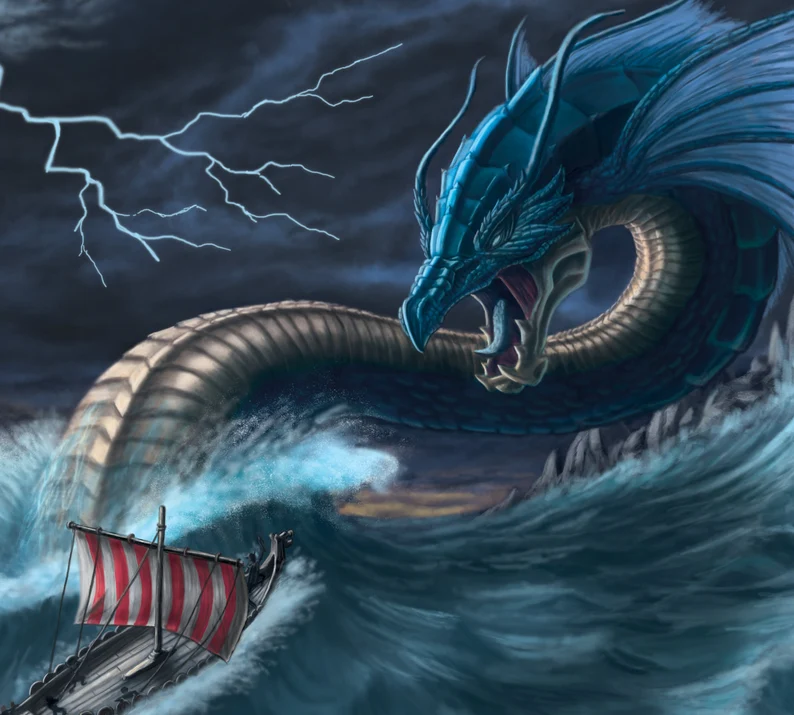
While the name Leviathan can be broken down to mean wreathed or twisted in folds, today the term is used to refer to a general sea monster or any gigantic, powerful creature. It also has symbolism in political theory, thanks to the influential philosophical work by Thomas Hobbes, Leviathan. In this context, it means a very large or powerful organization or vessel.
What Does Leviathan Symbolize?
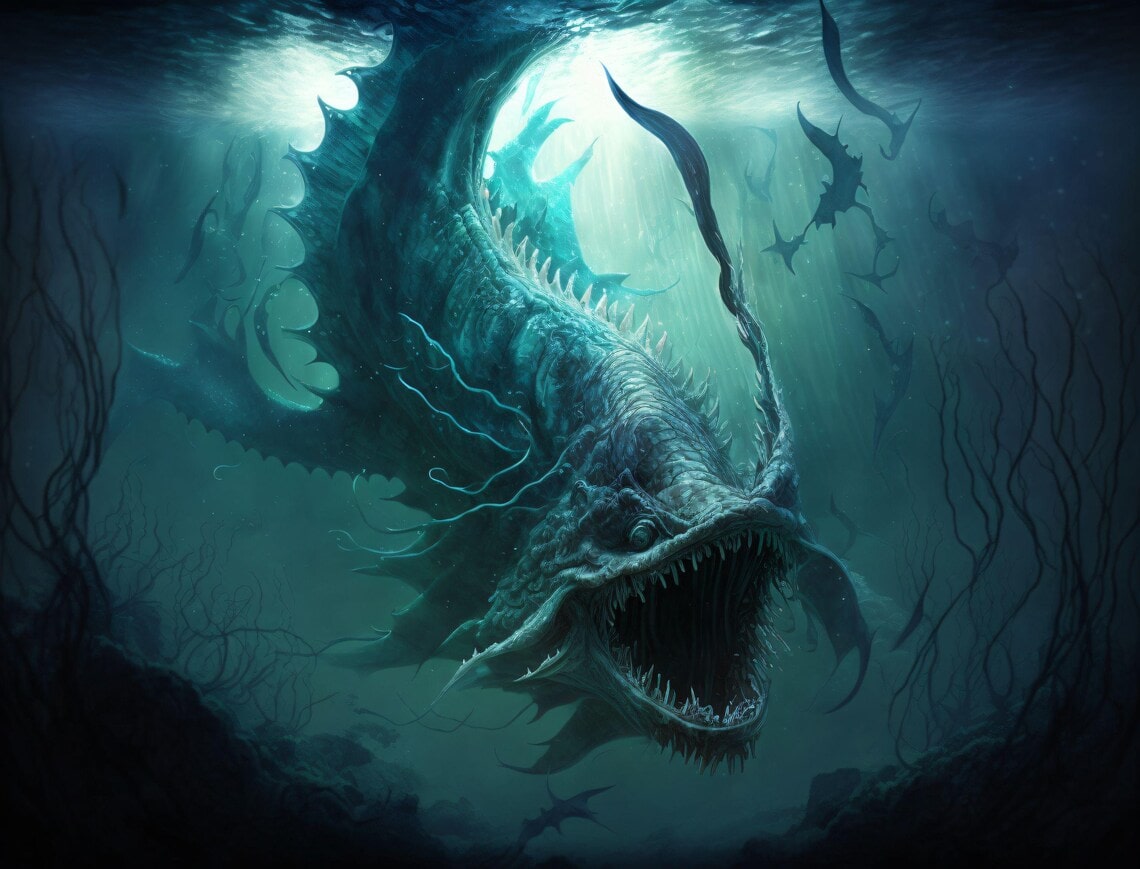
The meaning of Leviathan depends on the cultural lens from which you view the monster. Some of the many meanings and representations are explored below.
- A Challenge to God: The Leviathan stands as a powerful symbol of evil, challenging God and His goodness. It’s an enemy of Israel and must be slain by God for the world to be restored to its natural balance. It can also represent human opposition to God.
- A Test of Human Limitations: Leviathan is also used as a symbol of human limitations in understanding and controlling the world. In the Book of Job, the author describes humans’ inability to control or understand Leviathan. This is compared to their inability to fully comprehend God and his ways.
- Power of God: In the Book of Job, the Leviathan is described extensively, to highlight God’s power and majesty. Only God can defeat this terrible creature, which proves his superiority.
- Power of Unity: In the philosophical discourse of Leviathan by Thomas Hobbes, the Leviathan is symbolic of the ideal state – a perfect Commonwealth. Hobbes views the perfect republic of many people united under a single sovereign power, and argues that just as nothing can match the power of the Leviathan, nothing can match the power of a united commonwealth.
- Scale: The term Leviathan is often used to describe anything large and all-consuming, usually with a negative bent.
- Chaos: The Leviathan is a symbol of chaos, and of the dangerous aspects of the world that need to be tamed and controlled.
Leviathan Cross
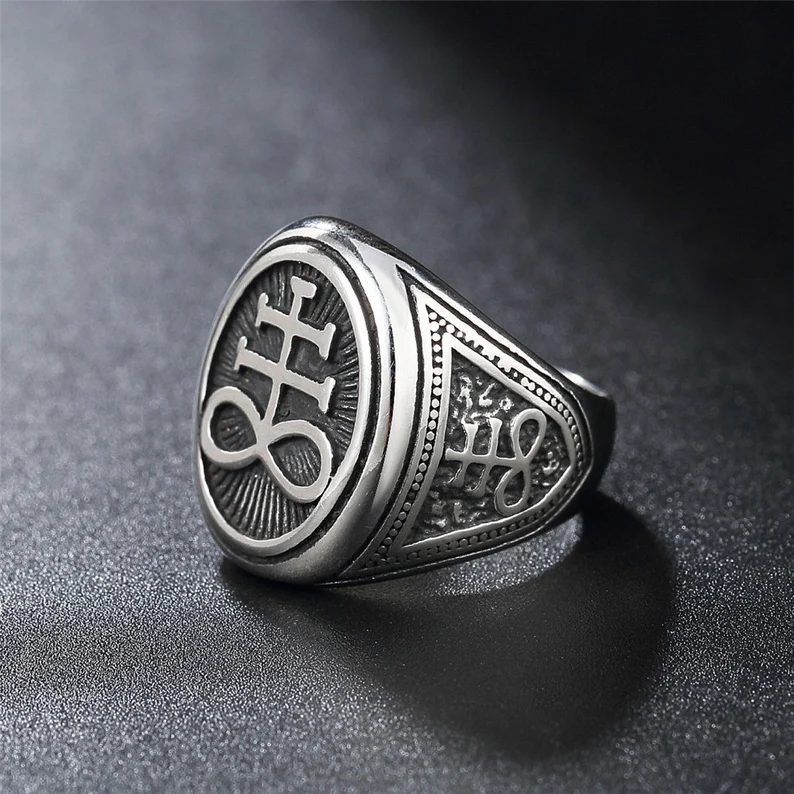
When we say Leviathan, we tend to think of the sea monster. But there’s also a graphic symbol that represents the monster.
The Leviathan Cross is also known as the Cross of Satan or the Brimstone Symbol. It features an infinity symbol with a double-barred cross located at the midpoint. The infinity sign symbolizes the eternal universe, while the double-barred cross symbolizes protection and balance between people.
The connection between Leviathan, Brimstone (an archaic word for sulfur) and Satanists likely springs from the fact that the Leviathan Cross is the symbol for sulfur in Alchemy. Sulfur is one of the three essential natural elements and is associated with fire and brimstone – the supposed torments of hell. Thus, the Leviathan Cross symbolizes Hell and its torments, and Satan, the devil himself.
The Leviathan Cross was adopted by the Church of Satan, along with the Petrine Cross to represent their anti-thiestic views.
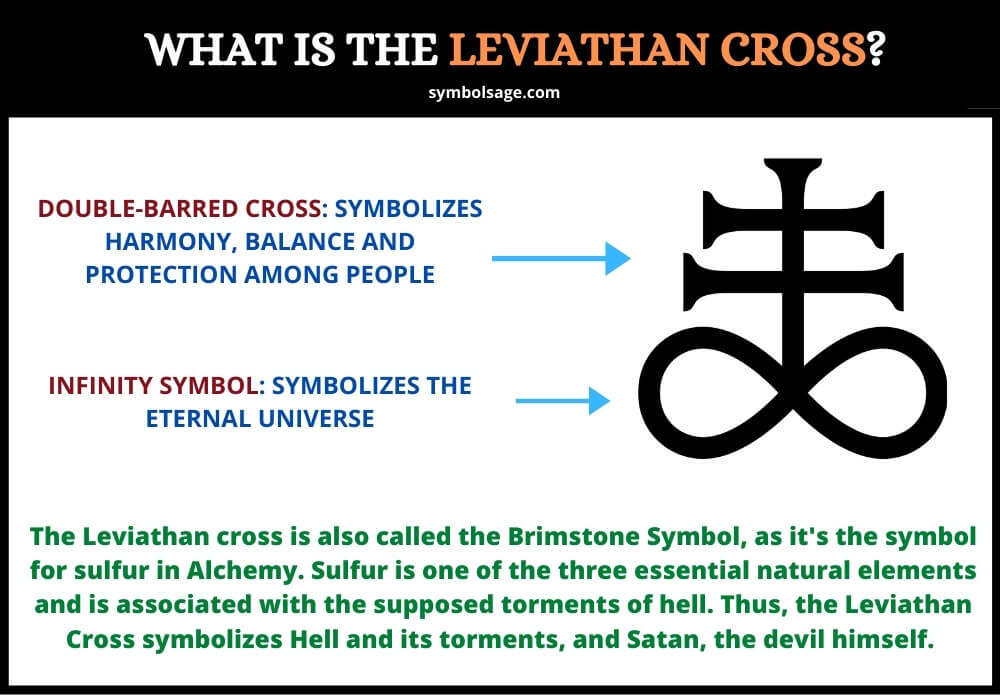
Wrapping It All Up
Whether you are referring to the Leviathan monster or the Leviathan cross, the symbol of the Leviathan inspires fear, terror and awe. Today, the term Leviathan has entered our lexicon, symbolizing any terrifying, gigantic thing.








